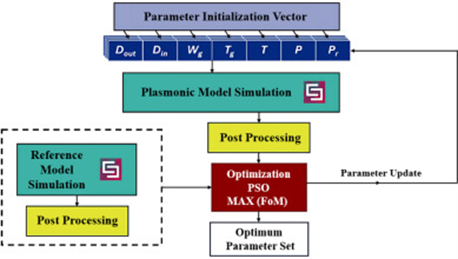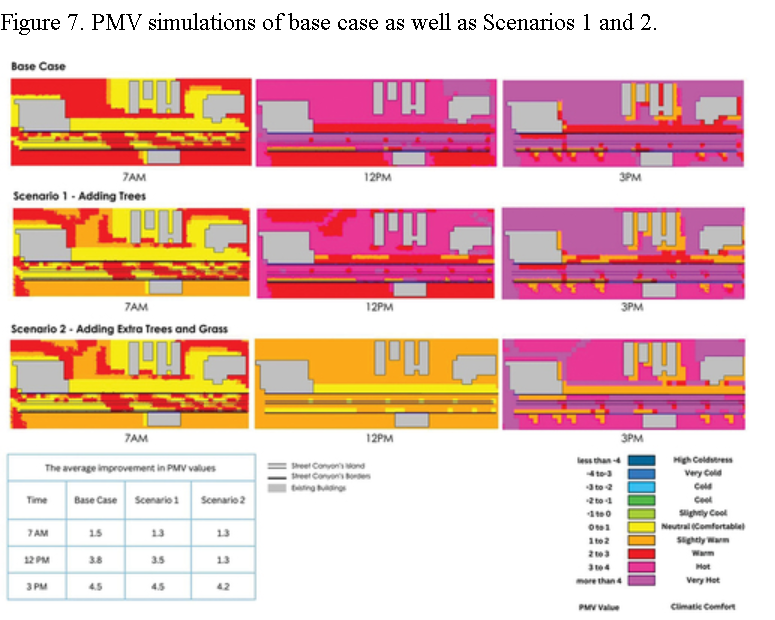
Recognizing Clothing Patterns and Colors for BVI People Using Different Techniques
For blind and visually impaired (BVI) people, it is an arduous task to recognize clothing patterns and colors. It is especially complex to recognize them automatically. This is a highly researched area in image processing. This paper provides BVI with the ability to detect patterns and colors without depending on personal assistance, leading to increasing their confidence. The user first captures an image; then, our system detects colors and patterns. The color model used here is the hue saturation value (HSV). The main colors detected by our system are magenta, cyan, blue, green, red and yellow. The saturation of each color is also taken into consideration. We propose various methods that include multiple feature extraction and classification techniques on the City College of New York (CCNY) clothing pattern dataset. The combinations of the feature extraction and classification techniques exceeded 200 methods. The proposed methods were performed using MATLAB and Weka under different preprocessing and compression methods, such as converting the dataset to grayscale, using raw red, green and blue (RGB) images, in addition to grayscale and RGB scalograms from continuous wavelets. Using a combination of histogram of oriented gradients (HOG), feature extraction and a sequential minimal optimization (SMO) classifier resulted in the highest recognition rate, achieving 91.8% accuracy. © 2022, The Author(s), under exclusive license to Springer Nature Singapore Pte Ltd.



